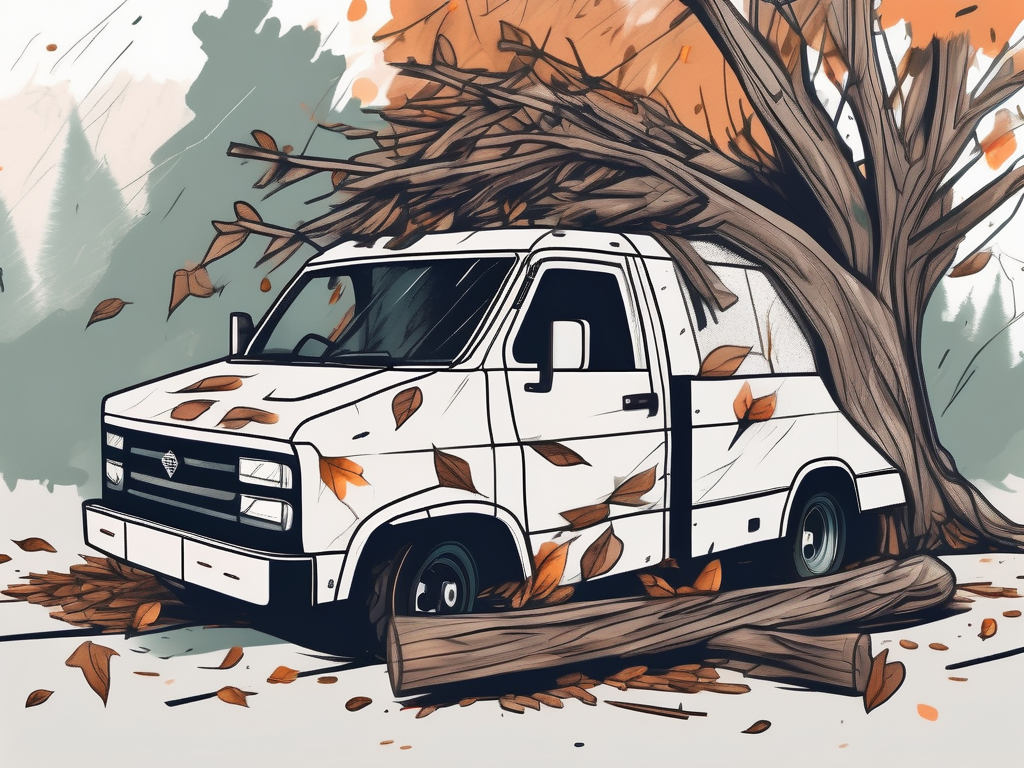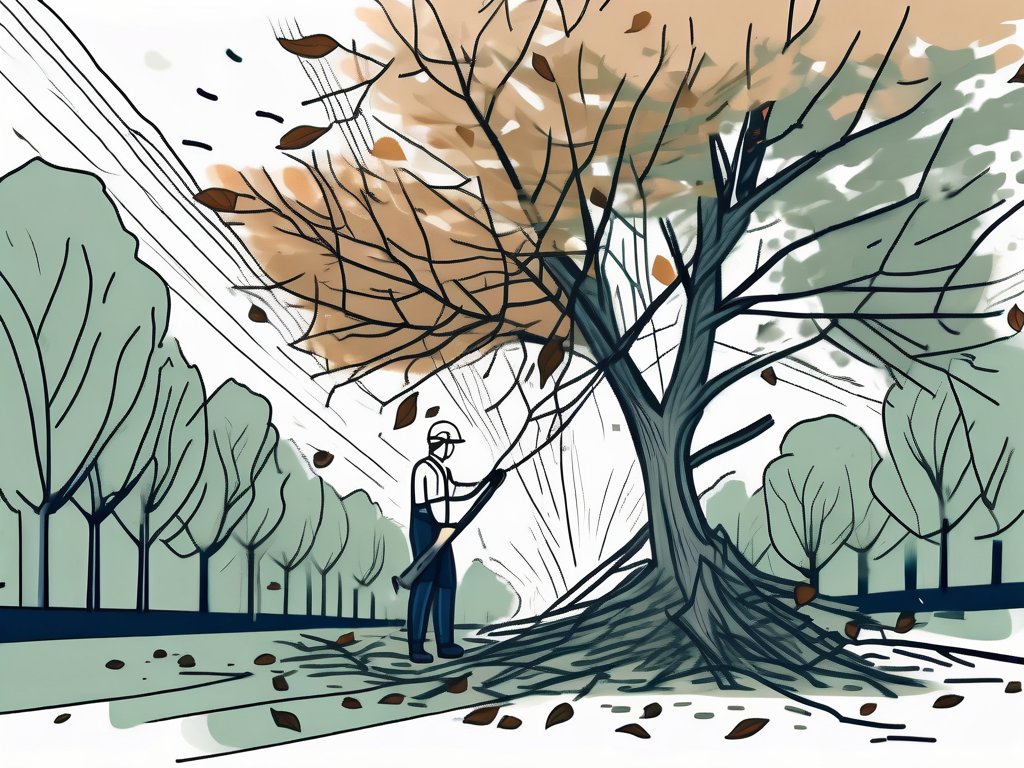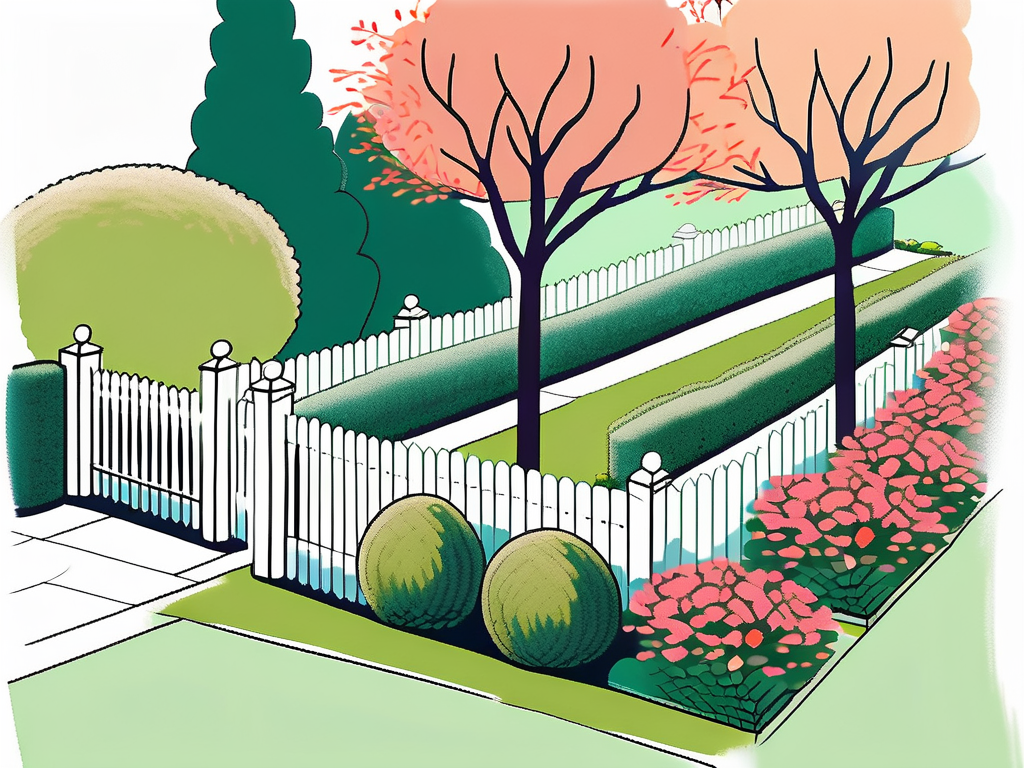Emergency Tree Services: What to Do After a Storm

Emergency Tree Services: What to Do After a Storm
Storms can wreak havoc on your property, with trees often bearing the brunt of the damage. The aftermath can be overwhelming, but knowing how to handle the situation can help you recover faster and ensure the safety of your property and loved ones. This comprehensive guide will walk you through the process of dealing with storm-damaged trees, from initial assessment to cleanup and future prevention.
Initial Assessment
After a storm, the first step is to assess the damage. This involves checking your property for fallen or damaged trees, broken branches, and any potential hazards. Remember, safety should always be your priority. If you notice power lines tangled in tree branches or large trees that have fallen onto your property, it's best to call professionals like 770-Tree-Guy.

While assessing the damage, take note of the following:
- The size and location of the fallen trees or branches
- Whether the tree is still stable or leaning dangerously
- Any damage to your property, such as broken windows or damaged roofs
Calling in the Professionals
Once you've assessed the damage, the next step is to call in professional tree services. Companies like 770-Tree-Guy specialize in emergency tree services and can handle everything from tree removal to stump grinding. They have the necessary equipment and expertise to safely remove trees and branches without causing further damage to your property.
When choosing a tree service company, consider the following:
- Experience: Look for a company with a proven track record in emergency tree services.
- Insurance: Ensure the company is fully insured to protect you from any liability in case of accidents.
- Reviews: Check online reviews to gauge the company's reputation.
Post-Storm Tree Care
After the immediate danger has been addressed, it's time to focus on tree care. Proper tree care can help your trees recover faster and prevent future damage. Here are some tips from the experts at 770-Tree-Guy:

Pruning
Pruning is essential for the health and recovery of storm-damaged trees. It involves removing broken branches and trimming back damaged areas to promote new growth. However, pruning should be done carefully to avoid causing further damage to the tree.
For larger trees or those with extensive damage, it's best to call in professionals. They have the necessary training and equipment to prune trees safely and effectively.
Watering
After a storm, your trees may be stressed and in need of extra care. Regular watering can help them recover faster. However, be careful not to overwater, as this can lead to root rot and other problems.
As a rule of thumb, water your trees deeply but infrequently. This encourages the roots to grow deeper and makes the tree more resistant to drought and storm damage.
Fertilizing
Fertilizing can also help your trees recover from storm damage. A slow-release fertilizer can provide the nutrients your trees need to promote new growth and strengthen their immune system.
However, it's important to use the right type and amount of fertilizer. Too much can harm your trees and the surrounding environment. If you're unsure, consider consulting with a professional arborist.
Preventing Future Damage
While it's impossible to prevent storms, there are steps you can take to minimize their impact on your trees. Regular tree care and maintenance can go a long way in preventing storm damage.

Here are some preventive measures recommended by 770-Tree-Guy:
- Regular Pruning: This can help reduce wind resistance and prevent branches from becoming potential projectiles during a storm.
- Proper Planting: Plant trees in a location where they have enough space to grow and are not too close to buildings or power lines.
- Regular Inspections: Regularly inspect your trees for signs of disease or weakness. Early detection can prevent a small problem from becoming a big one.
Article Summary
In the aftermath of a storm, it's important to assess the damage, call in professionals for emergency tree services, and take steps to care for your trees and prevent future damage. Here are the key points to remember:
- Assess the damage and call in professionals like 770-Tree-Guy for emergency tree services.
- Post-storm tree care includes pruning, watering, and fertilizing.
- Prevent future damage through regular pruning, proper planting, and regular inspections.
Remember, while dealing with storm-damaged trees can be overwhelming, you don't have to do it alone. Professionals like 770-Tree-Guy are always ready to help.

